Apple x Design Miami.Paris is the collab we didn't know we needed
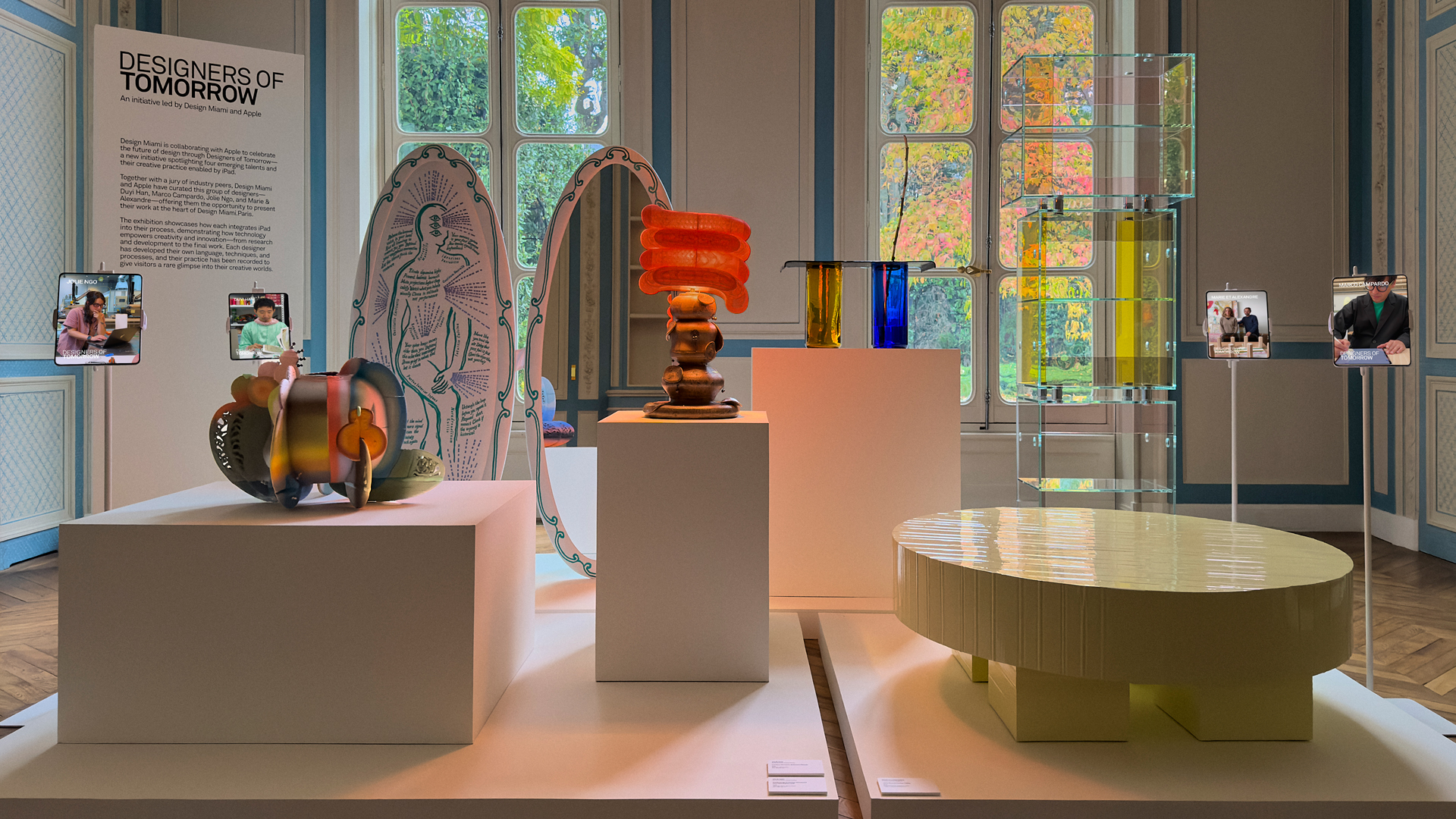
Design Miami.Paris is one of the world’s most prestigious art fairs. Housed in L’hôtel de Maisons, the former lodgings of celebrated fashion designer, creative director, artist and photographer Karl Lagerfeld, it displays exquisite furniture, lighting, and objets d’art by leading designers and artists.
This year, for the first time, Apple has put the spotlight on five emerging artists who all used the brand new M5 iPad Pro in their creative practice. The artists were chosen by a jury that included designers Mathieu Lehanneur, Samuel Ross, Sabine Marcelis and Faye Toogood as well as Apple's VP of human interface design Alan Dye and VP of industrial design Molly Anderson.
AGO Projects co-founder Rodman Primack curated the Designers of Tomorrow presentation, and the results are spectacular.
I attended the private view of the fair earlier this week, where I spoke to Design Miami’s CEO, Jen Roberts, as well as Apple’s Designers of Tomorrow.
Design Miami.Paris’ setting gives it a particular edge over other shows. “We’re in this incredible historic 18th-century house that’s been restored to its former glory,” says Jen. “I think the house alone brings such a level of elegance and architectural gravitas that people just respond better and behave better.
“Everyone aspires to participate in this particular show, and it’s not because we did anything so magical, but it’s just what the environment presents.”
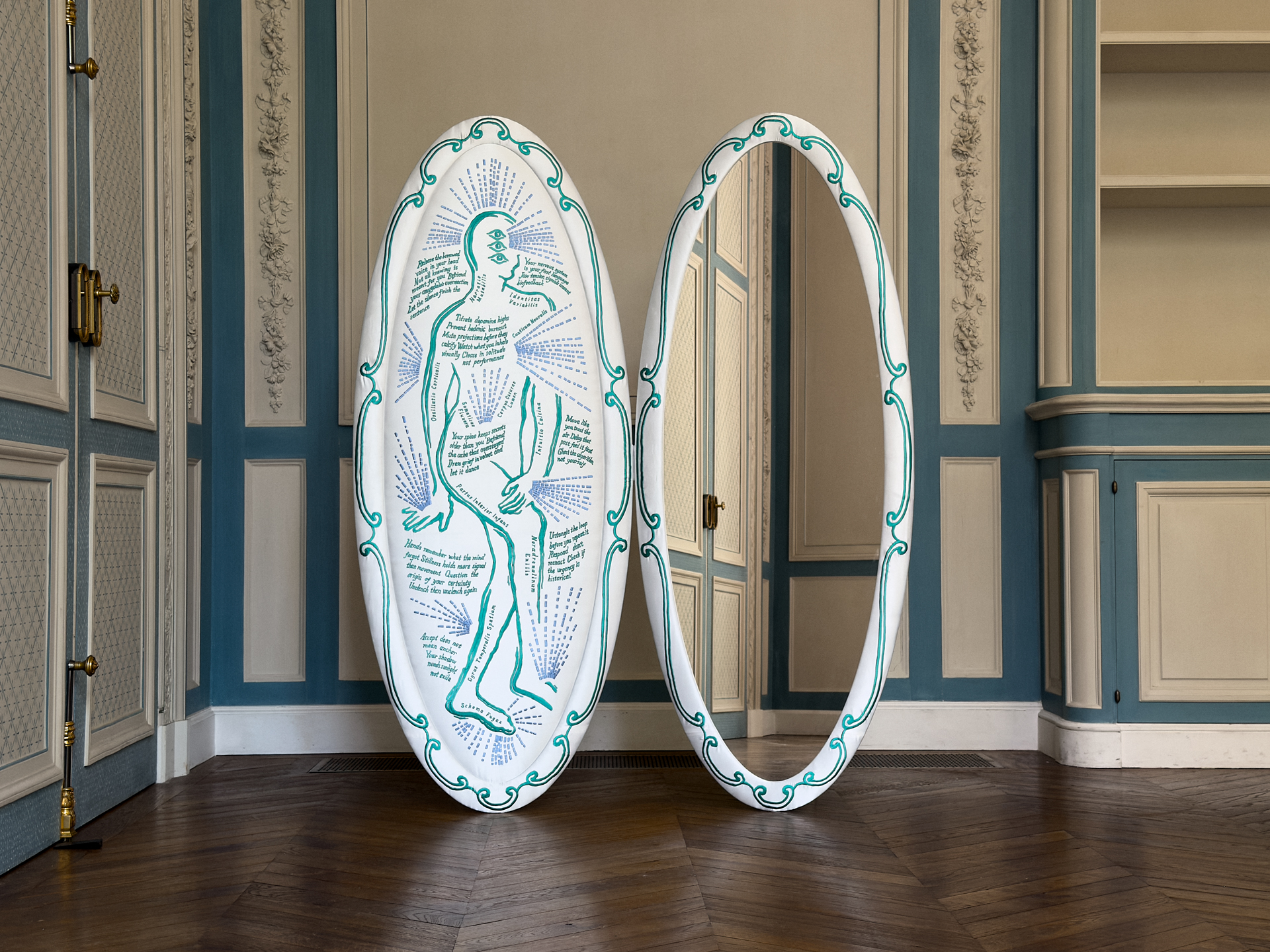
In the Apple room, inspiration came from a variety of sources. Vietnamese lanterns became a ceramic vessel (Jolie Ngo), the shape and construction of buildings sparked a glass column (Marie & Alexandre) and the texture of butter inspired a coffee table (Marco Campardo).
Daily design news, reviews, how-tos and more, as picked by the editors.
For Duyi Han, who uses design as a "medium to reflect on how human consciousness evolves," the idea that humans are always looking for answers within themselves sparked his creative vision. “I had the idea of referencing acupuncture maps or anatomical diagrams,” he says.
“And also nowadays many people use AI for self-care consultations, so I had this idea of using it to generate self-reminders.” These were then embroidered onto the mirror. “So it’s a mirror for physical reflection, but also psychological reflection,” he says.
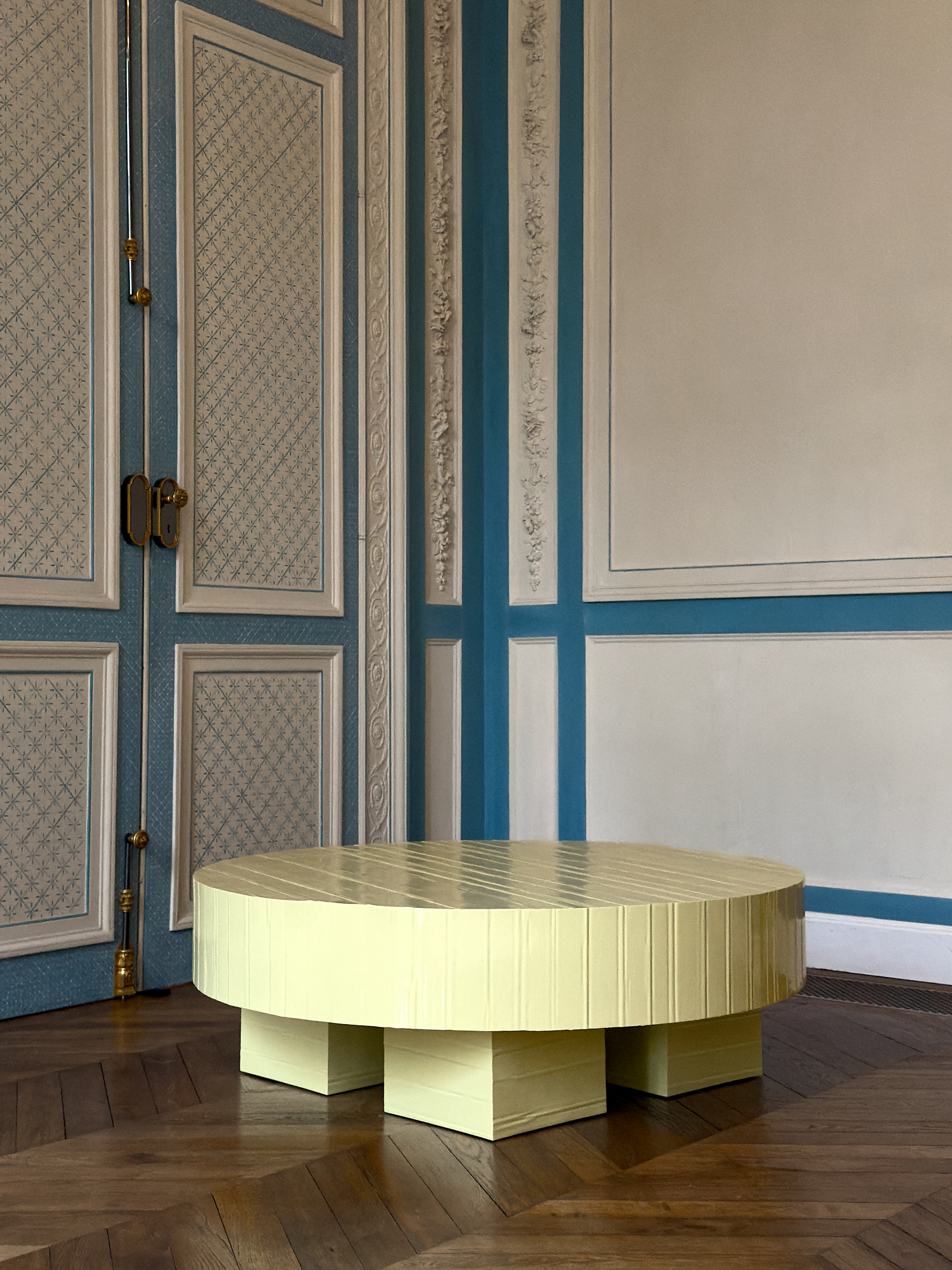
It’s not easy to find ideas nowadays, says Marco, so “sometimes a designer needs to move and jump into other fields that are not strictly considered related to design”. In Marco’s case, it’s food that got his creative juices flowing. “I’m very obsessed with food processes and everything related with food – how we shape food, how we process food,” he says.
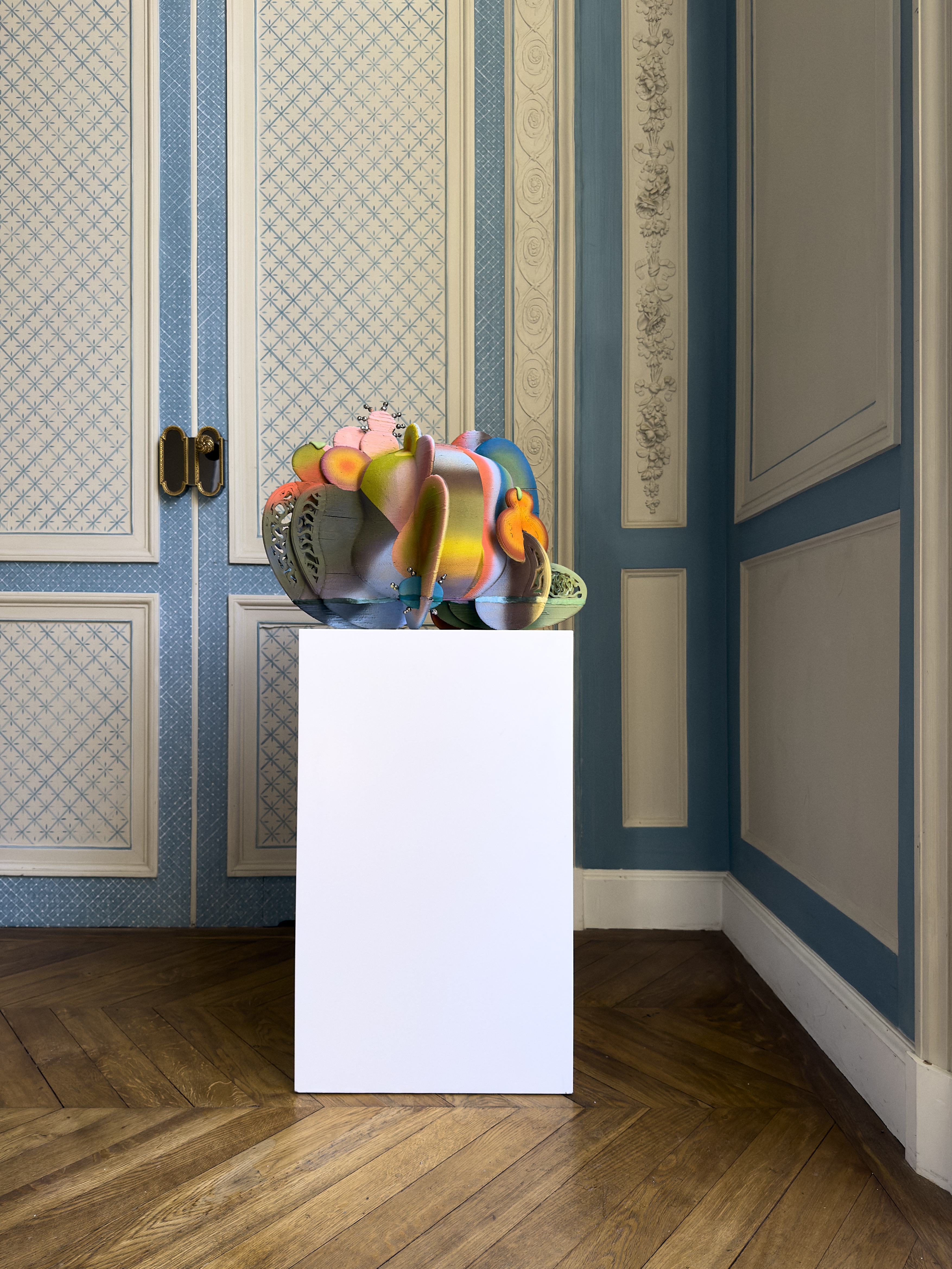
Why did Design Miami.Paris want to work with Apple? “I didn’t have to think very hard about it,” says Jen. “What better opportunity to have such an incredible organisation supporting our future designers? There really isn’t a more illustrious opportunity for young designers.”
It was particularly exciting for Jen to see how the iPad was used to inform the work. “We all use the tools that Apple provides,” she says. “But to see creatives and how they interact and use these tools as resources is amazing”.
To showcase the iPad’s role in the work on display, the Apple room contained iPads with videos showing the designers’ processes.
Duyi used the iPad to develop the poetry graphic on his embroidered mirror. “I developed the graphic from an initial rough sketch to a more refined final sketch with Apple Pencil [and iPad Pro],” he explains. That sketch then went to his MacBook and Photoshop to be prepared for printing. "Most of my design process is digital," he adds.
For Jolie, the iPad is the starting point for many of her designs. "Using Nomad Sculpt, I can quickly sketch and sculpt in 3D, experimenting with asymmetry and surreal forms in a way that feels intuitive and playful," she says. "I also use the Notes app to jot down measurements for my pieces and keep track of studio details, so everything I need stays in one place."
French artist duo Marie & Alexandre live in two different cities, and it's the iPad Pro that keeps them connected. “It’s really, really useful,” says Alexandre. “Marie sends me a picture and then I make an addition.” Alexandre adds that for them, the iPad is more about research than making a final piece, while Marie says "the iPad allows us to draw directly on photos or models, while the iPhone helps us test scale and capture light.
"These tools make the workflow between Paris and the Basque Country fluid and flexible, supporting our research and development process."
Marco, who feels that “Apple is literally the way that I grew up and it’s part of my nature”, uses the iPad throughout his process. “I have developed a distinctive way of working with the iPad, where the tool itself becomes part of the creative language,” he says. “In the past, it served merely as a medium for sketching – a preliminary stage before the actual making. Now, the software and digital pencil actively shape the outcome.”
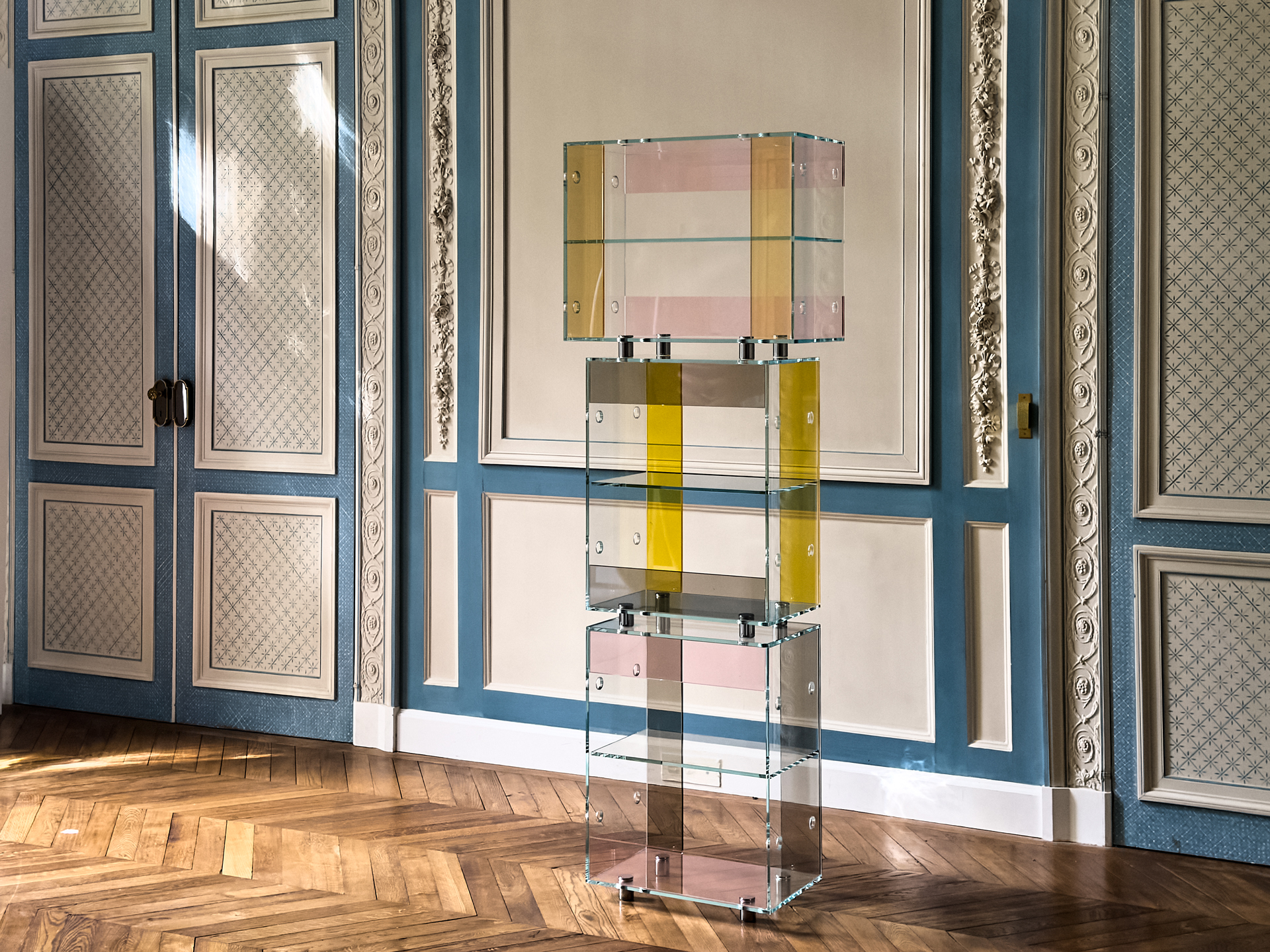
I asked Marie & Alexandre, Duyi and Marco what advice they would give young creatives who dream of exhibiting at the likes of Design Miami.Paris.
For Alexandre, the pleasure in exhibiting is in the work itself, “because it’s difficult to make things.” And it’s not all about attracting the big gigs, although Marie describes the Design Miami.Paris exhibit as “something very meaningful for us at this stage in our career”.
“It's super-nice to be here now, but we take the same pleasure exhibiting in a small gallery or even a space without a name,” says Alexandre. "It takes time to build."
Duyi suggests looking inwards. “Follow your intuition, but also your thoughts and follow the voice that’s like really inside your heart, and recognise your unrecognised emotions inside you. That might lead you to discover or uncover very interesting ideas.”
Marco warns against thinking technology can do it all. “Conceive technologies as a tool,” he says. “So instead of thinking that the tool is going to give you the ideas, you should consider technology as a hammer. The way that you shape and build the house should be up to you.”
Design Miami.Paris is on until 26 October
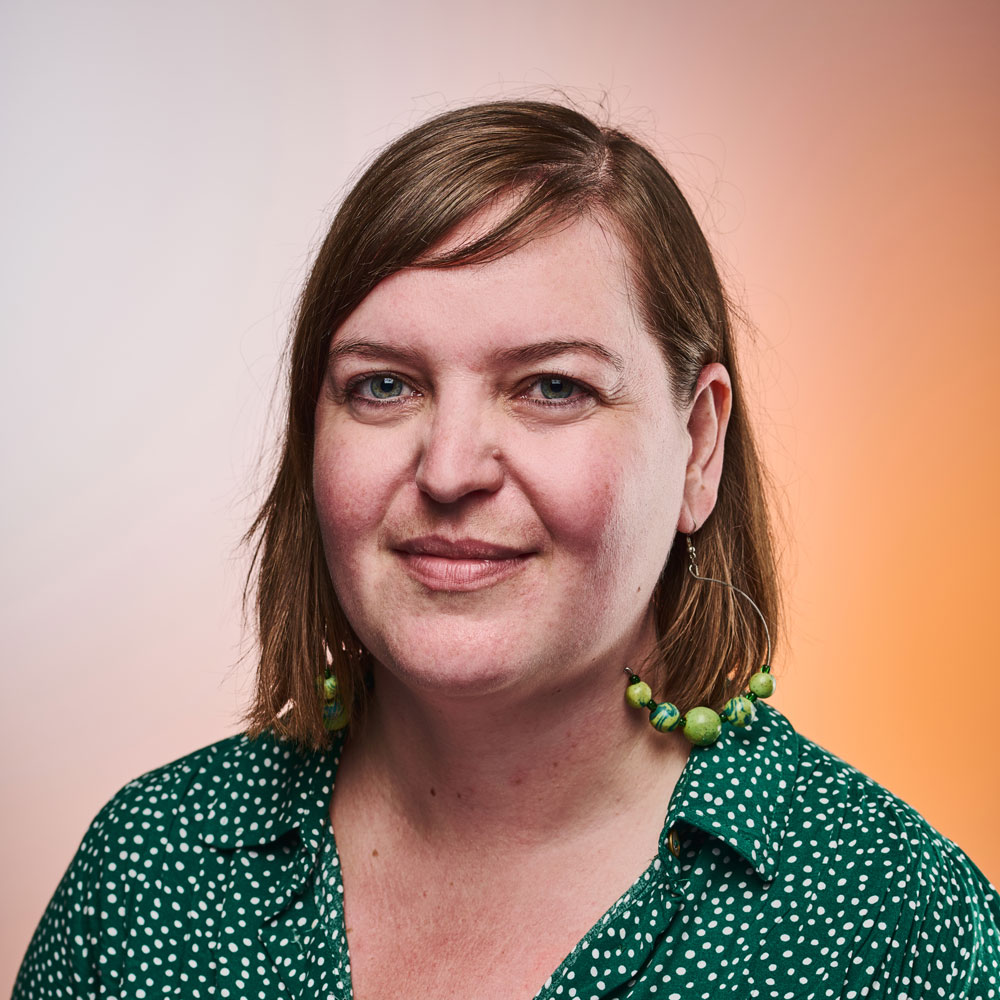
Rosie Hilder is Creative Bloq's Deputy Editor. After beginning her career in journalism in Argentina – where she worked as Deputy Editor of Time Out Buenos Aires – she moved back to the UK and joined Future Plc in 2016. Since then, she's worked as Operations Editor on magazines including Computer Arts, 3D World and Paint & Draw and Mac|Life. In 2018, she joined Creative Bloq, where she now assists with the daily management of the site, including growing the site's reach, getting involved in events, such as judging the Brand Impact Awards, and helping make sure our content serves the reader as best it can.
You must confirm your public display name before commenting
Please logout and then login again, you will then be prompted to enter your display name.
